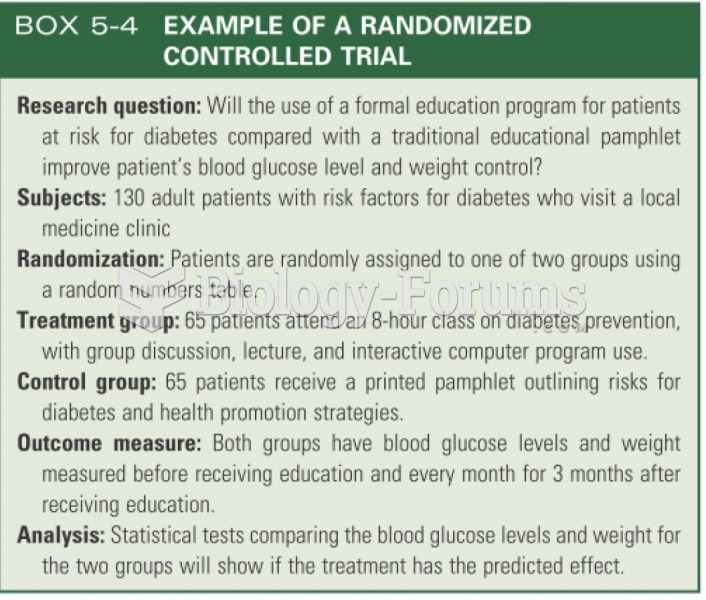Answer to Question 1
b
Answer to Question 2
Throughout most of our nation's history, the three broad constitutional provisions dealing with trial by jury had little applicability in state courts. The U.S. Constitution applied only to trials in federal courts. These practices changed dramatically, however, when the Supreme Court decided Duncan v. Louisiana (1968), ruling that the jury provisions of the Sixth Amendment were incorporated by the Due Process Clause of the Fourteenth Amendment to apply to state courts, as well. Subsequent decisions grappled with the problem of defining the precise meaning of the right to trial by jury. The most important issues concerned the scope of the right to a jury trial, the size of the jury, and unanimous versus nonunanimous verdicts. When there is no right to a jury trial (for example, in most traffic and petty offense cases), a bench trial takes place in which a judge serves as both the trier-of-law (as always) and trier-of-fact determining guilt.
State laws vary considerably on when the prosecution and/or defense may waive a trial by jury in criminal cases. During the 14th century, the size of English juries became fixed at 12 . Although some colonies experimented with smaller juries in less important trials, the number 12 was universally accepted by the time of the American Revolution. However, in Williams v. Florida (1970, p. 102), the Supreme Court declared that the number 12 was a historical accident, unnecessary to effect the purposes of the jury system and wholly without significance except to mystics, and therefore not required by the U.S. Constitution. The Court concluded that the six-person jury used in Florida in noncapital cases was large enough to promote group deliberations and to provide a fair possibility of obtaining a representative cross section of the community.
Attempts to use juries with fewer than six members were struck down by Ballew v. Georgia (1978). Many states have specifically authorized juries of fewer than 12 jurors, but most allow these smaller juries only in misdemeanor cases. In federal courts, defendants are entitled to a 12-person jury unless the parties agree in writing to a smaller jury, but 6-member juries in federal civil cases are quite common. The requirement that a jury reach a unanimous decision became a firm rule in England during the 14th century. An agreement by all of the jurors seemed to legitimize the verdict, giving the community a sense that the conclusion must be correct. However, the Supreme Court altered this assumption in a pair of 1972 decisions. It held that verdicts in federal criminal trials must be unanimous, but it affirmed state courts' findings of guilty by votes of 9 to 3 and 10 to 2 (Johnson v. Louisiana, 1972; Apodaca v. Oregon, 1972). Most state constitutions specifically require unanimous verdicts in criminal trials; only five states (Louisiana, Montana, Oregon, Oklahoma, and Texas) permit nonunanimous criminal verdicts. Of these, only Louisiana and Oregon permit nonunanimous verdicts in serious felony cases. In any case, six-member juries must be unanimous (Burch v. Louisiana, 1979).






